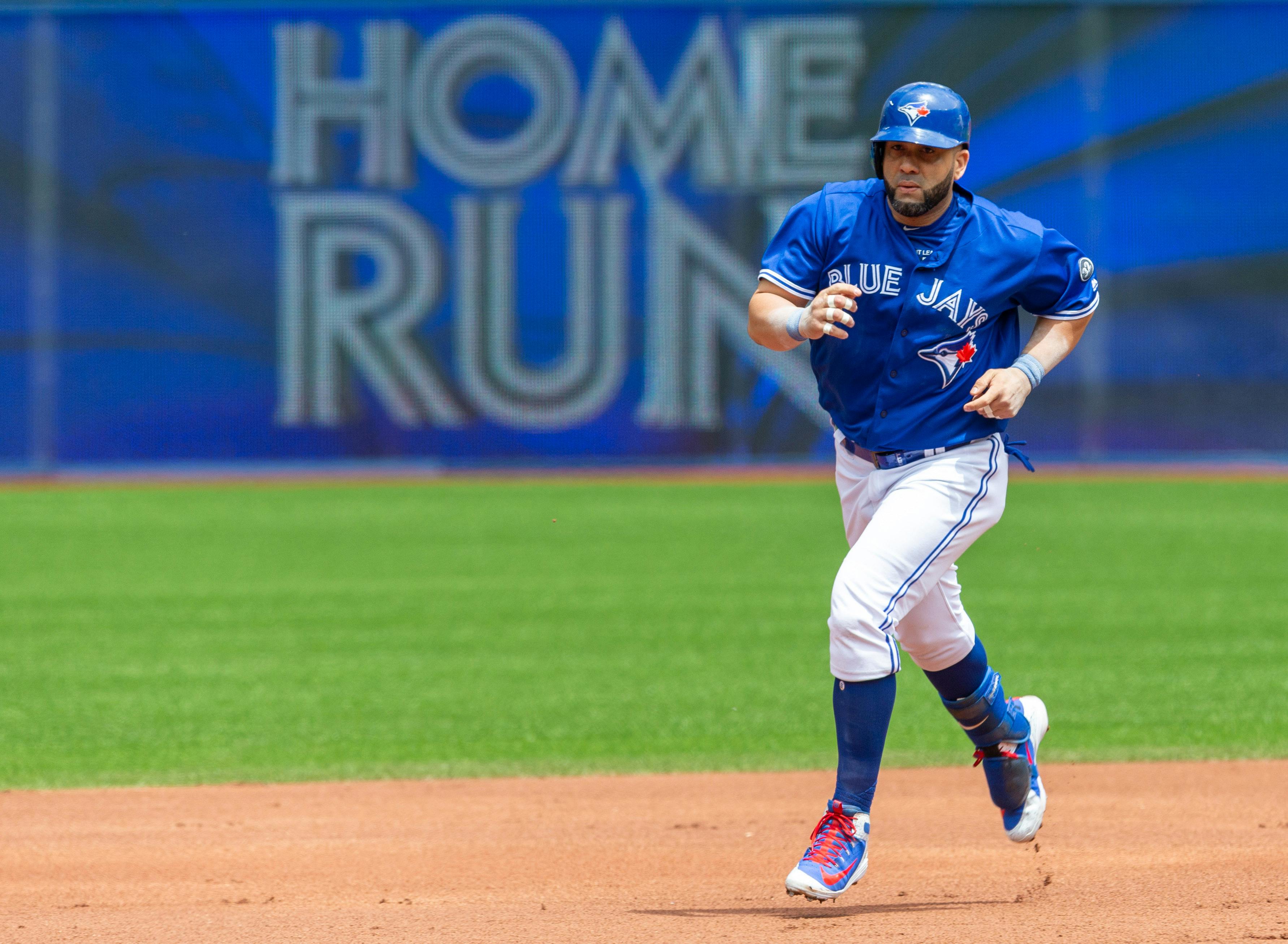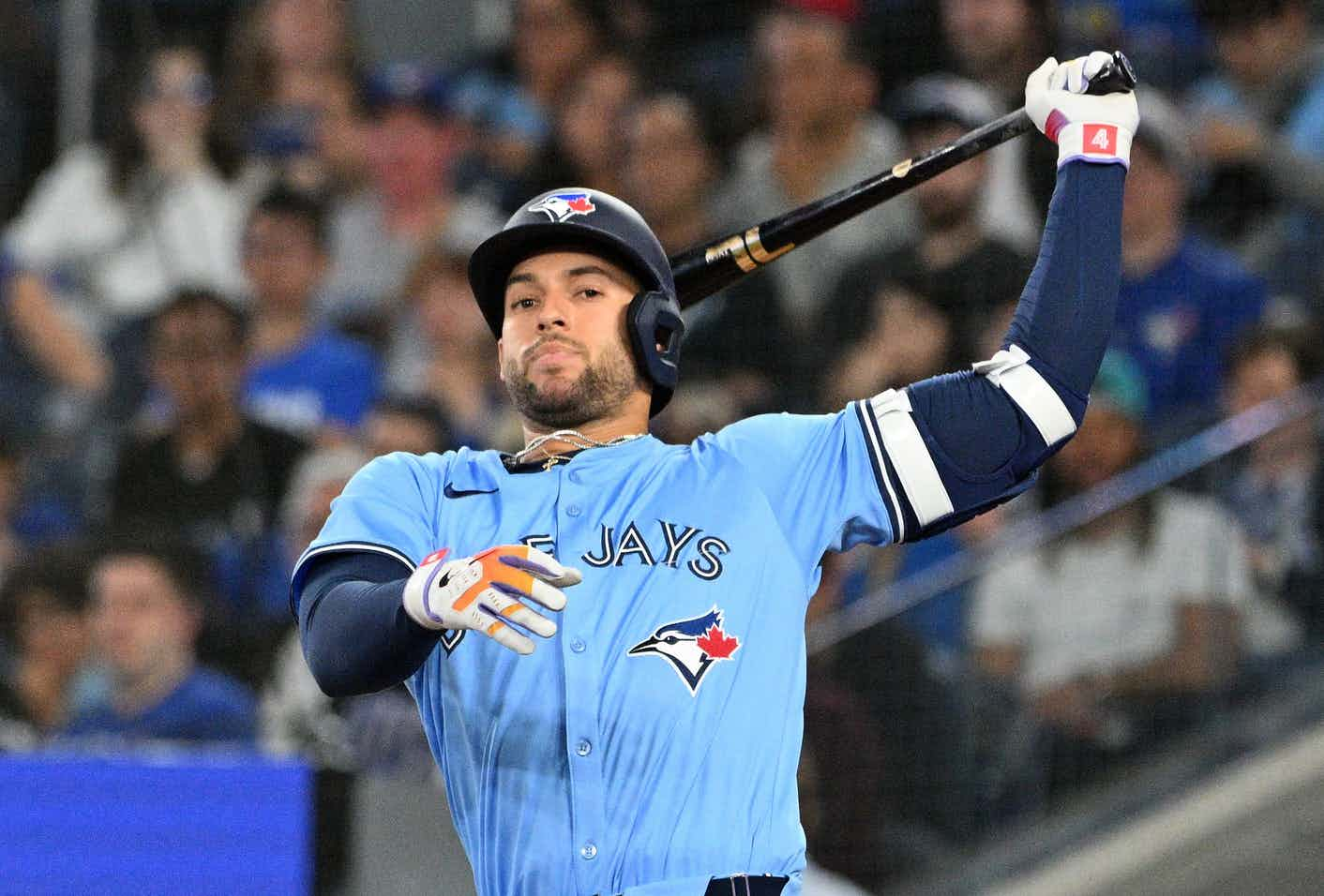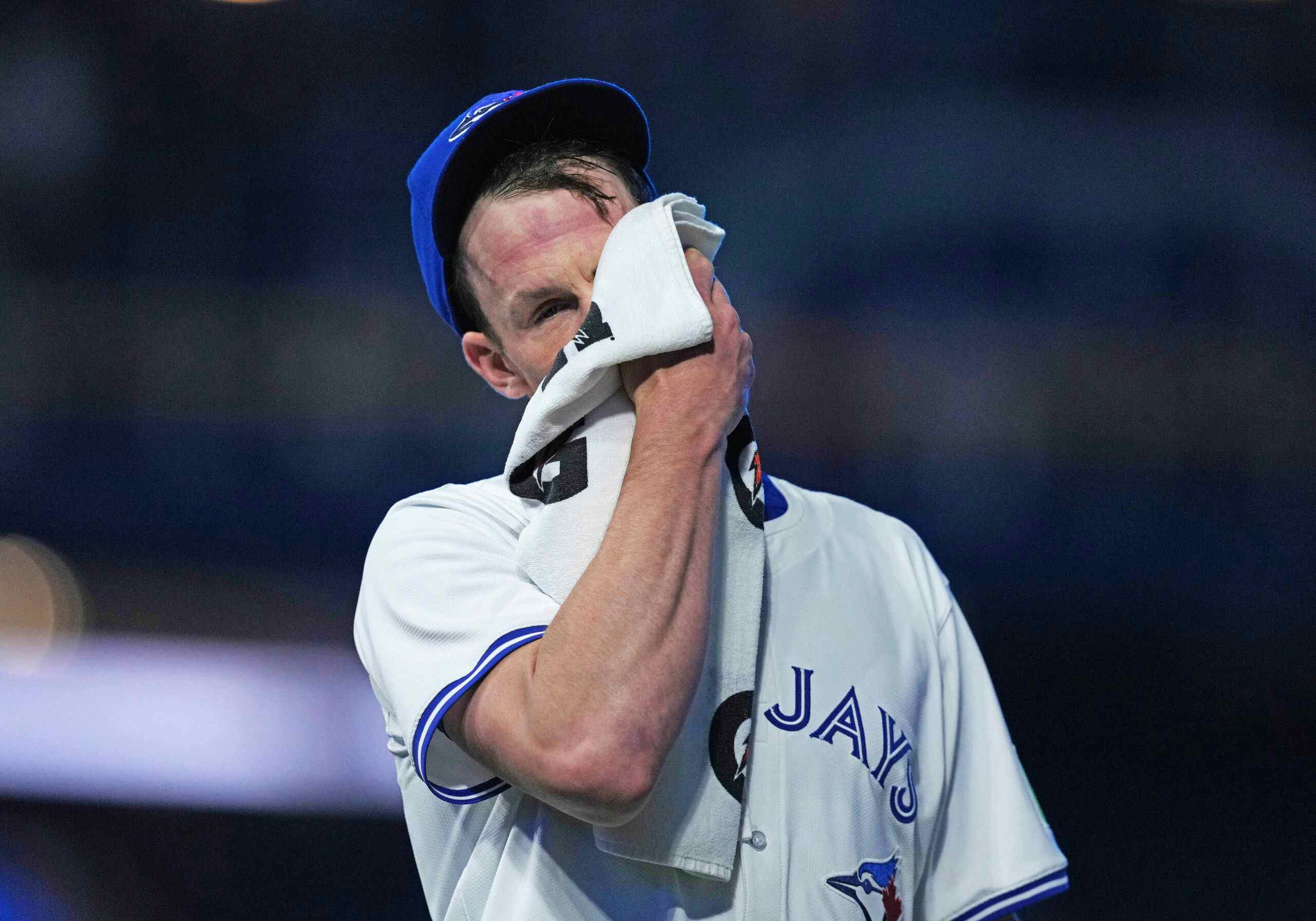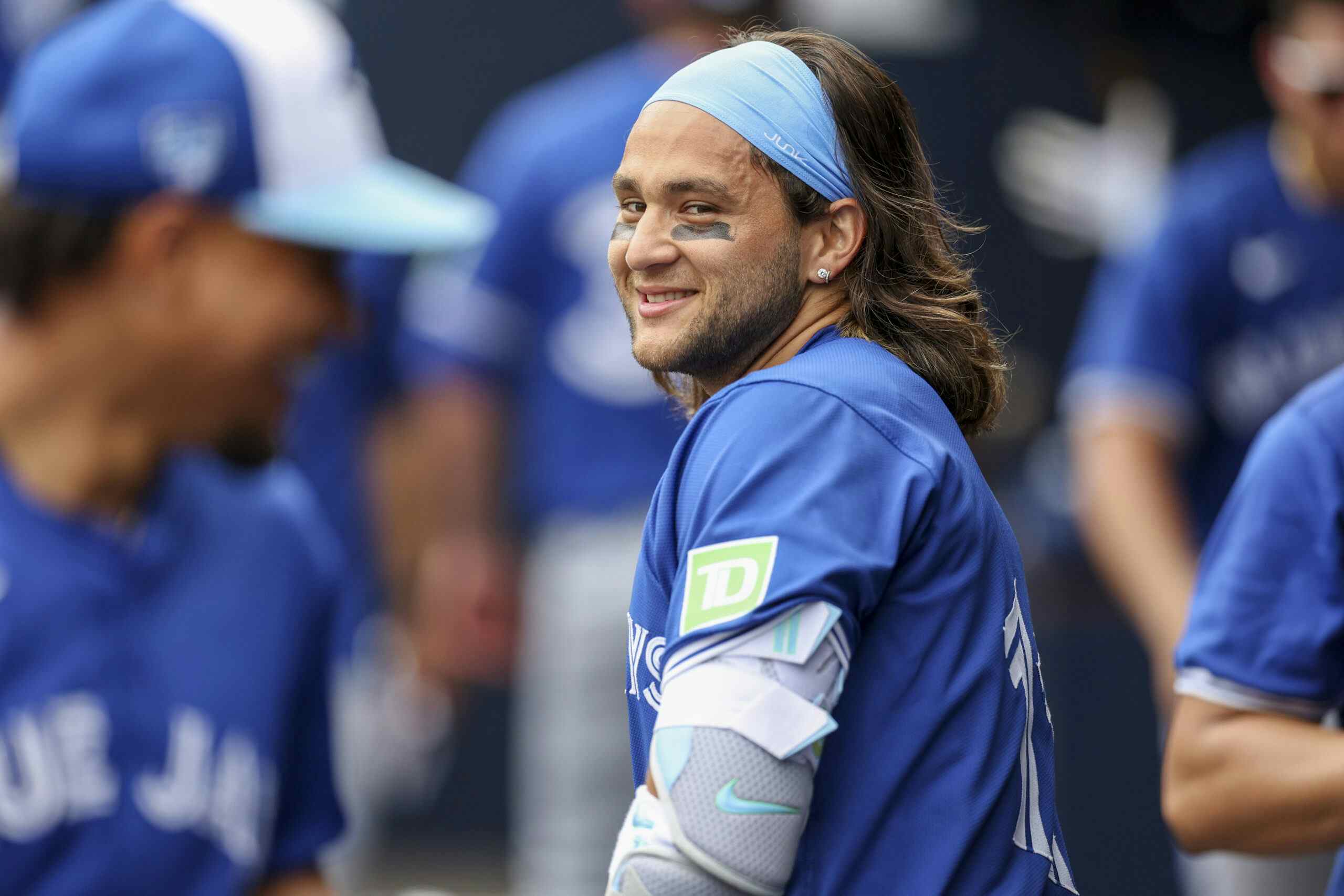#TotallyRichard: Am I A Fool For Believing In Kendrys Morales?

I get many people read the title, scoffed, and kept scrolling, but something’s happening with Kendrys Morales. Mind you, he’s not experiencing a Jose Bautista-esque transformation to superstardom, but there’s finally reason to be hopeful about the slugger.
Up until a few weeks ago, I probably would have put quotes around the word slugger, because over the 200ish games Morales has played in a Blue Jays uniform, he’s been anything but that. He’ll give you the odd home run every now and then, but not much else. 20 years ago, that kind of production would have been fine, but not now when teams expect even their 1B/DH types to be multidimensional at the plate.
While Morales did have power, he didn’t do much with it. His average exit velocity last season ranked 12th among all 387 players with at least 100 batted ball events at 91.1MPH. On just balls hit in the air, that number ranked 16th in that same sample at a gaudy 96.2. Clearly, he crushed the ball last year but yet, still posted the 28th worst OPS by a player with at least 25 home runs this decade. His strikeout rate was a modest-ish 21.7%, so how did he manage just a .753 OPS with 28 dingers?
Morales, a less-than-agile DH, couldn’t consistently hit the ball in the air to save his life, and his production was suffering. His ground ball rate, which was in the 44% range between his two years in Kansas City, went all the way up to 48.4%
Then, it got worse to begin 2018. He managed to hit just .146/.239/.260 over his first 96 at bats despite his exit velocity going up from 91.1MPH in 2017 to 93.4. He was hitting the ball harder and wasn’t seeing any results. It’d be easy to point to just getting unlucky, but through those first 96 at bats, his ground ball rate was 52.4%. With all the data available to teams, you could hit the ball as hard as you want, but if you’re slow and keep it on the ground that often, you’ll keep hitting it right where fielders are. At this point, it’s unlucky if they don’t get you out, not the other way around.
I always do this when I talk about a sample size, so I’ll just include a disclaimer here: I’m not a hitting coach, nor have I talked to him about this, but something really turned around for Morales in the middle of May, and he began seeing results around the 19th.
In his last 95 at bats going into Monday night’s game, Morales is slashing .347/.388/.589. The two samples are pretty even, but you could tell something changed just by looking at these numbers.

The only thing here that looks somewhat similar is the exit velocity. Morales is hitting the ball as hard as he did to start the year, but he’s legitimately raking. A 1.5MPH difference has led to his expected slugging percentage nearly doubling. The difference here is night and day, and if you take a look at his launch angle graphs, its easy to see why:
His first 96 at bats

His last 95 at bats

Morales is beating less balls into the dirt and he’s actually making much better contact. Exit velocity will only show you so much, but what good are hard hit balls if they’re always on the ground? Morales would be a difference maker in any MLB lineup if he could just consistently put it in the air more, because he packs enough of a wallop to send the ball a long way.
Simply put, if Morales keeps the ball off the ground, we’ll be seeing a lot more of this newfound success. The one good thing Morales has done has been putting balls into play with authority, and if his ground ball rate isn’t astronomical like it has been as a Blue Jay, we’ll be hearing less and less fans calling for Morales’ head.
Recent articles from Nation World HQ





